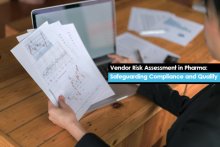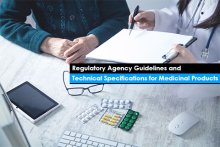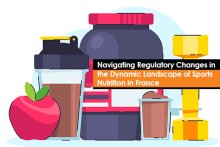Vendor Risk Assessment in Pharma: Safeguarding Compliance and Quality
In the dynamic landscape of pharmaceuticals, ensuring product quality, safety, and regulatory compliance is paramount. A robust network of suppliers and vendors plays a crucial role in this ecosystem. However, the challenge lies in ensuring these partners meet the necessary quality standards and adhere to regulatory requirements. Enter vendor risk assessment—a strategic practice that safeguards compliance and quality.







